Why cheap drones are a false economy – and how to land a bargain
Buying a cheap drone can be a turbulent ride – here's how to get a smooth flight
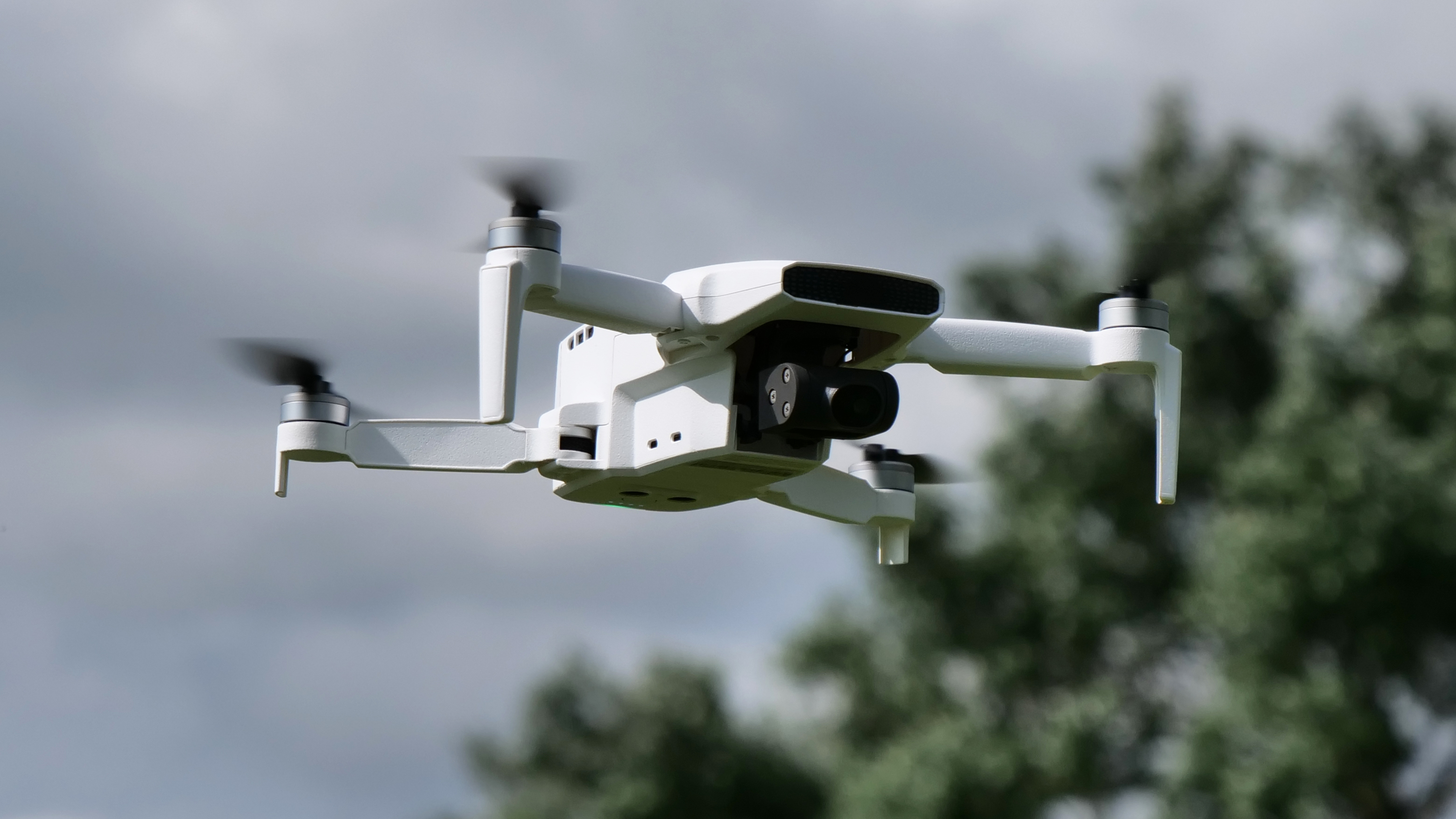
The old adage ‘buy cheap, buy twice’ is always worth bearing in mind when buying new tech. While plumping for the cheapest option is tempting in the current financial climate, it can be a false economy if it leaves you upgrading prematurely or having to buy a replacement. And in my experience of testing cheap drones, this is particularly true for flying cameras.
Sure, there are always bargain accessories to be had, and in my photography and video kit bag I have several inexpensive finds from Amazon and eBay that have saved me a small fortune when compared to OEM (original equipment manufacturer) options. But when it comes to drones, I’m always highly selective about where I splash my cash.
The first drone I bought was a DJI Mavic 2 Pro and I now own an Autel Evo Lite+. Both of these are admittedly pricier than the best beginner drones. But I’ve also flown and reviewed more drones than I can count, including some extremely inexpensive models, so it’s fair to say that I’ve experienced the best and the worst of what’s available.
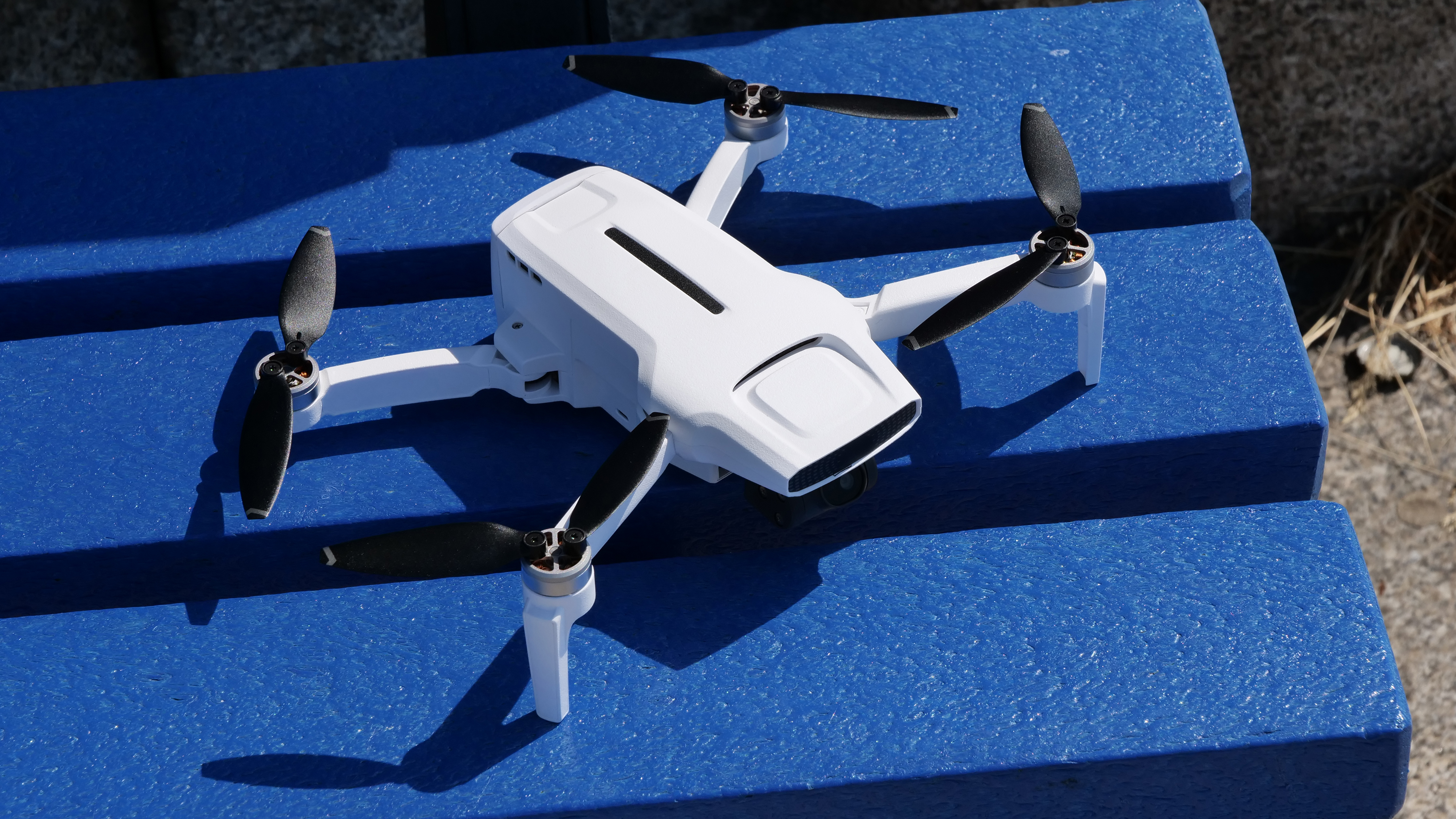
Some of the less expensive models are impressive despite a few shortcomings when compared to the bigger brands, but the majority are best avoided. At the lower end of the market, you’ll also find toy drones, which are incredibly cheap and often feature a camera capable of capturing 720p video, if you’re lucky.
In my experience with cheap drones, which has involved countless lost connections and the odd unplanned river landing, buying smart is nearly always better than opting for the cheapest option you can find.
Safety first
Camera drones are complex devices, and this is easily overlooked when you see how easy the best ones are to set up and fly. I was put off using drones for years because they seemed so complicated, but as soon as I got my thumbs on the sticks I never looked back. Now I’m flying FPV (first-person view) drones, I can fully appreciate how useful GPS positioning, auto-leveling, collision avoidance, return to home and app stability are, particularly for beginners.
More expensive models from the likes of DJI and Autel have all of these features – and for new flyers, these can make the difference between fun flights and crashing. That may sound dramatic, but cheaper drones often lack collision avoidance or reliable software. And even if they have GPS positioning, it's often crude at best.
Get daily insight, inspiration and deals in your inbox
Sign up for breaking news, reviews, opinion, top tech deals, and more.
Then there’s the quality of the connection between the controller, app and drone. Cheaper drones often rely on Wi-Fi, which is unstable and suffers from interference, even when flying 150-200m away from built-up areas.
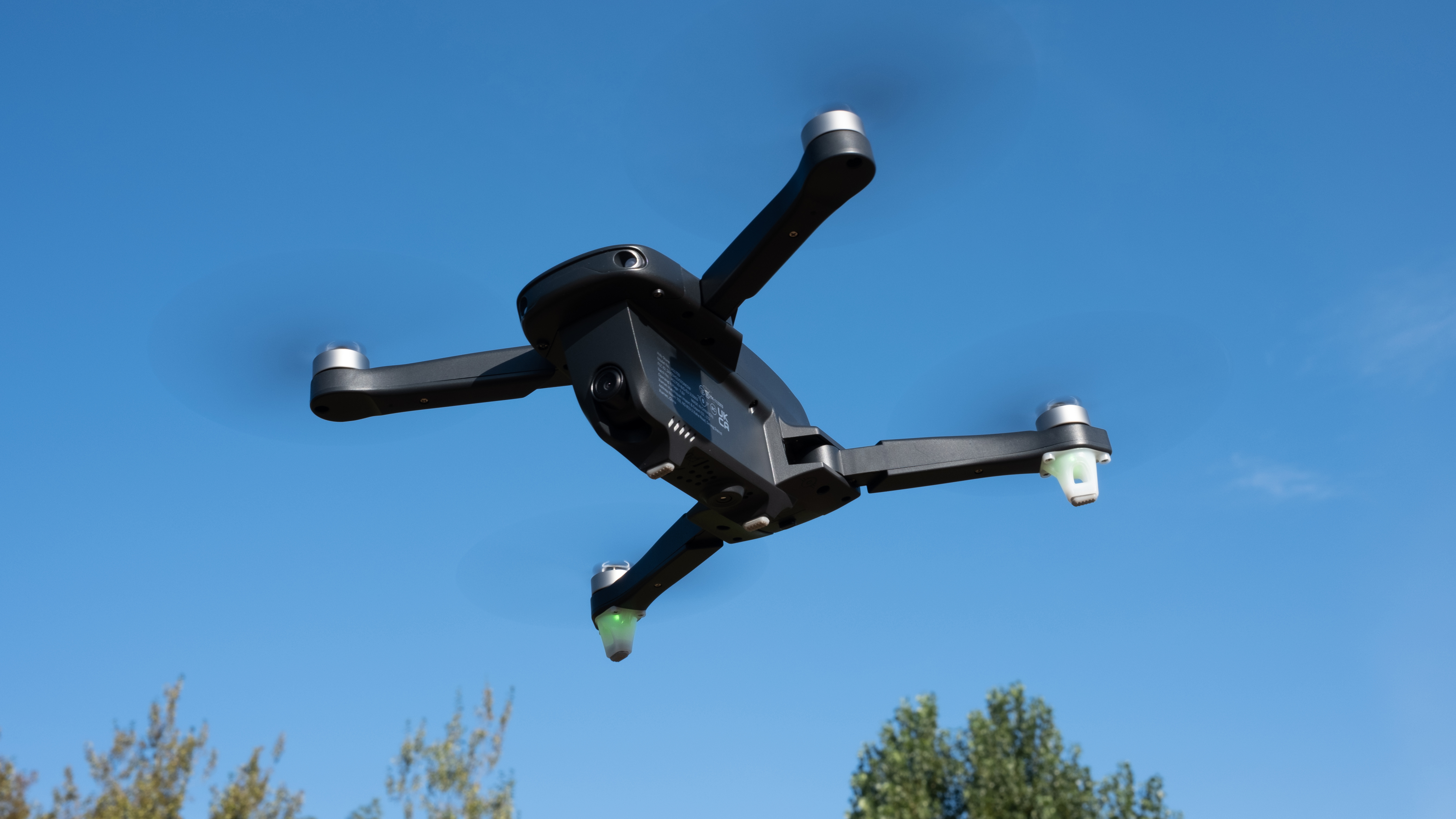
Safety features aside, there are other factors that you have to consider: namely the camera and gimbal. Ideally, you need a camera drone with a three-axis gimbal. While some more expensive FPV drones, like the DJI FPV and DJI Avata, do have a two-axis gimbal, this feature is more typical of cheaper drones. Some may offer electronic image stabilization on the roll axis, but this is often ineffective.
For the camera, just like comparing a cheap compact against a mid-range mirrorless model, more expensive drones simply have better cameras with larger sensors, more features, and ultimately far superior image quality. As the video below from a Holy Stone drone shows, there’s simply no comparison between models that cost $150 / £150 / AU$250 with those that cost $500 / £500 / AU$900 and above at release.
I’ve used many drones over the years ranging from models that can be picked up for just $150 / £150 / AU$250 ranging up to $2,500 / £2,500 / AU$4,500 or more. And at the lower end of the scale, I’ve experienced a loss of app and controller connection so that return to home had to be initiated.
In the worst case scenario, a drone lost connection with the controller, return to home wouldn’t work and the drone drifted into a bush and subsequently fell into a river. And this was a drone that had GPS positioning.
Eye in the sky
So far, I’ve painted a pretty negative picture of budget drones, but that’s not the whole story. There are undoubtedly some less expensive models that surprisingly manage to balance value with features and image quality, like the DJI Mini 2, DJI Mini SE and FIMI X8 Mini.
The thing is, if you intend to shoot photos and videos with a drone, you have to be sure that as well as having effective safety and flight features, the drone needs a camera that’s capable of producing satisfactory image quality.
1. Search for safety. Some affordable drones like the DJI Mini SE and FIMI X8 Mini have built-in GPS tracking to let them to return-to-home if you lose connectivity. This can help keep your flying investment safe from harm.
2. Decide what's important. Budget drones inevitably have to make compromises somewhere. If you mainly want a drone to practice manual flying, a model like the Ryze Tello works well. But the Tello's camera is poor, so budding aerial videographers should target something like the DJI Mini 2.
3. Know your gimbals. Many cheap drones will have a two-axis gimbal to keep their cameras steady. But if super-smooth video is important to you and you're not looking for an FPV drone, look for one with a three-axis gimbal in its spec sheet.
4. Check the camera. If you want to take aerial photos and video, aim for a drone with 4K resolution and the ability to shoot raw photos in the DNG format. These drones will be slightly pricier, but a better long-term investment.
5. Consider second-hand. A used version of a reliable drone like the DJI Mini 2 (bought from a trusted retailer like Adorama in the US, or MPB) is better than a new drone with poor connectivity, features and reliability. Keep an eye on the Black Friday drone deals, too.
There’s a base quality level that you need to look for, and for most people that’s the ability to capture raw photos in the DNG format and the ability to shoot up to 4K video. This functionality is a given with drones from larger manufacturers, but for those in the budget area of the market you’ll have to check the specs carefully.
For example, you might assume from the Potensic Dreamer 4K's name that it can shoot 4K video. But the reality is that it can only capture photos in 4K dimensions, which roughly translates to an underwhelming 8MP. Video itself is limited to 2.7K, so if you took this drone at face value and purchased it, you might be seriously disappointed. This illustrates how important it is to check the specs carefully, regardless of a drone's name or branding.
Top-end drones like the DJI Mavic 3, Autel Evo Lite+, DJI Avata and DJI Mini 3 Pro may be out of your price range, but that doesn’t mean that you have miss out on capturing aerial photos and video. Models like the Fimi X8 Mini and DJI Mini 2, which can be found in our best beginner drones guide, are great options.
Both are capable of shooting 4K video up to 30fps and, can shoot photos in raw and JPEG. The Mini 2 is the better of the two, and at $449 / £399 / AU$749 compared to the X8 Mini at $339 (around £300 / AU$540), it’s incredibly good value for money.
Test flights
If you’re an absolute beginner looking for a basic drone to help you get to grips with drone controls and flight, there are a couple of models available that are significantly cheaper than those two from DJI and FIMI. These will help to give you the experience and confidence you need before moving on to a more expensive model, but without the fear of crashing an expensive drone.
The Ryze Tello is a great starter model that costs just $99 / £99 / AU$169 and can be controlled using your smartphone and companion app. The flight time is a limited 13 minutes with a 100m range, and although the 5MP photos and 720P video won’t win you any awards, the Tello can be flown indoors and out, so you can practice flying whatever the weather.
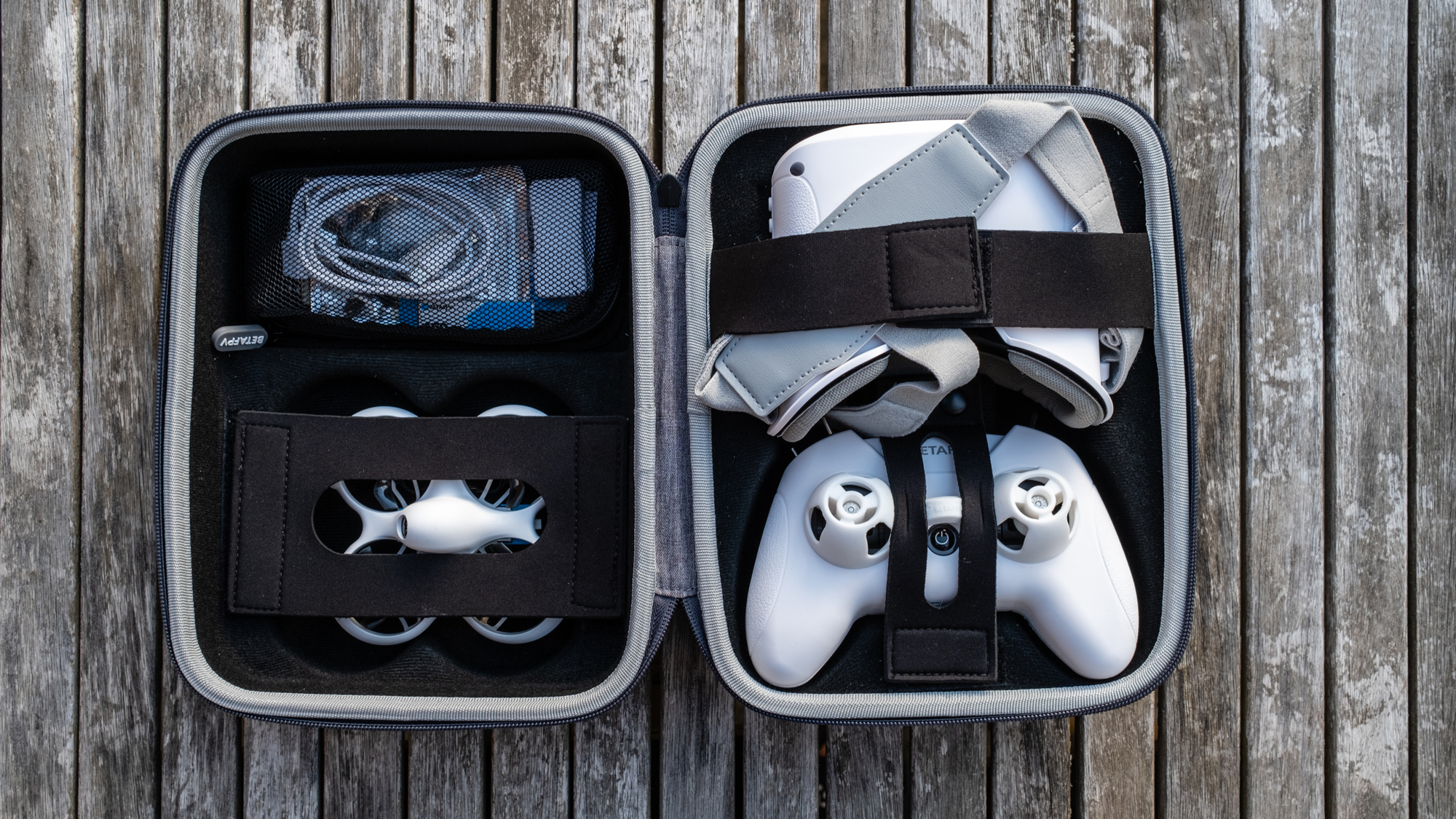
If you’re looking to enter the exciting world of FPV, which can be confusing to the uninitiated, the BetaFPV Cetus Pro kit includes the Cetus Pro drone, a controller, basic FPV goggles, two batteries, a charger, a carry case and accessories for $230 /£208 / AU$378. This is everything you need to get started and once everything is charged you’re ready to fly. Plus, the Cetus Pro offers three flight modes and three speeds, so you can build up to Manual/Acro mode at the fast speed setting.
Another alternative is to look for second-hand drones from reputable companies like MPB and Adorama. The great thing about MPB is that you get a warranty and peace of mind when buying secondhand gear. And from experience, I can honestly say that customer service is fantastic if you have a problem with something you’ve purchased. eBay is another option where you can pick up incredible deals, particularly with older drones such as the DJI Mavic Pro, DJI Mavic Pro 2 and the original DJI Mavic Air.
Flying start
Drones are pretty unique in the tech world because they combine two completely different disciplines: flying an aircraft and shooting photos and videos. This means new and exciting aerial perspectives, but also a complexity that results in a high degree of variability between their more budget models.
That doesn't mean you have to get the latest and most expensive model to enjoy a host of advanced features and excellent image quality. We think the DJI Mini 2 (below) remains the best option for most beginners looking for a camera drone – and if you can't afford to buy it new, there are some great second-hand prices available.
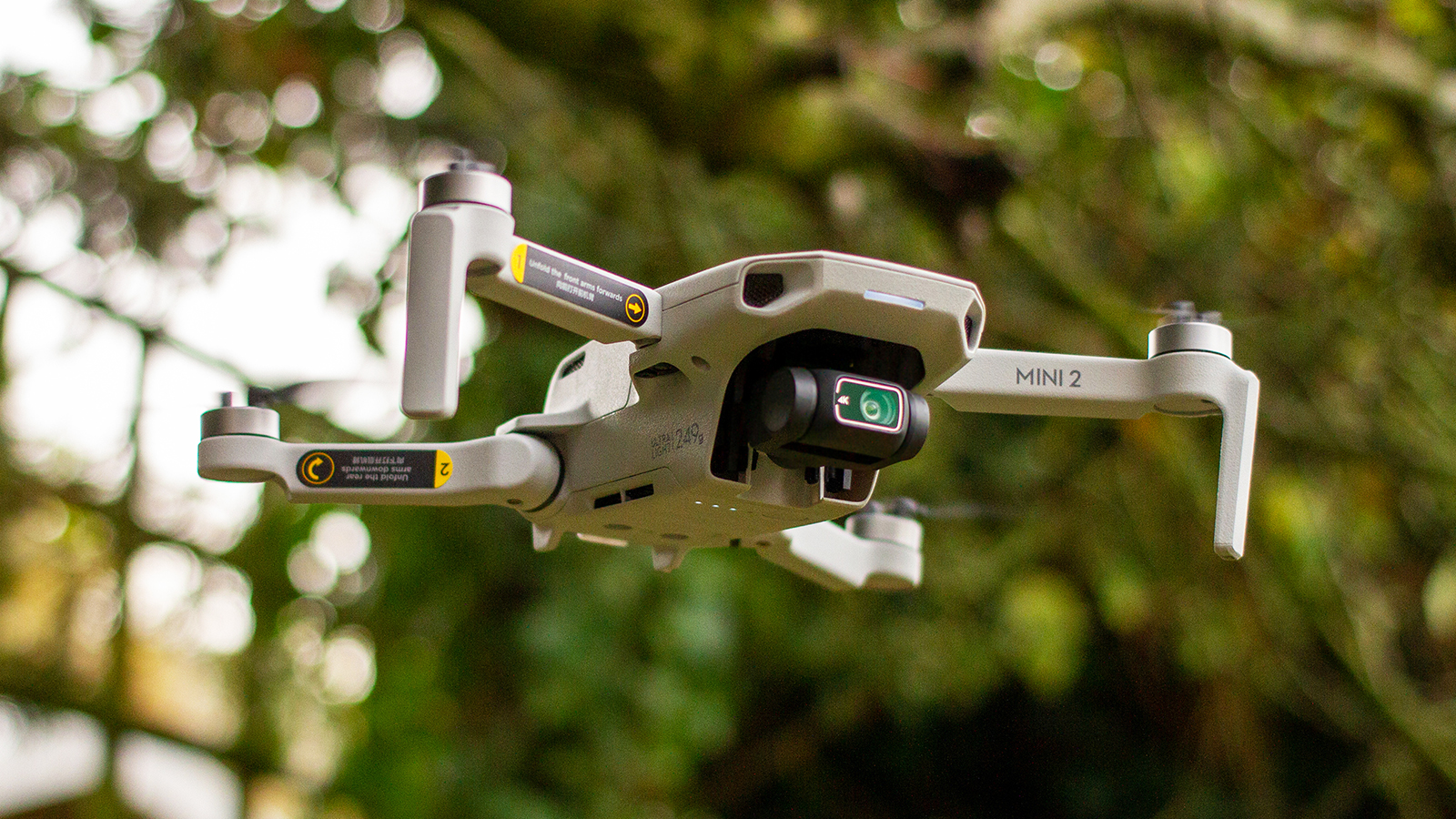
At this time of year, it's also worth waiting for the Black Friday drone deals to see what deals come up. While the event officially kicks off on November 25, it's possible that we'll see some discounts in the run-up to the event, which we'll be keeping our eyes peeled for.
And lastly, it can also be worth waiting for a new version of the drone you're looking at to be released – the price of previous models naturally drop when this happens, prompting second-hand models to flood the market as their owners upgrade. The previous generation of high-spec drone models remains highly capable, so always consider these when on a budget.
James Abbott is a professional photographer and freelance photography journalist. He contributes articles about photography, cameras and drones to a wide range of magazines and websites where he applies a wealth of experience to testing the latest photographic tech. James is also the author of ‘The Digital Darkroom: The Definitive Guide to Photo Editing’.
